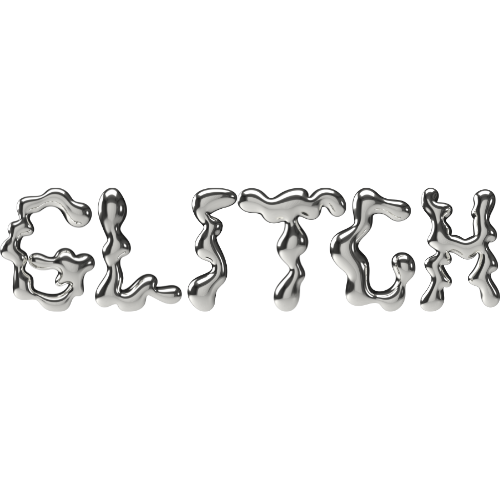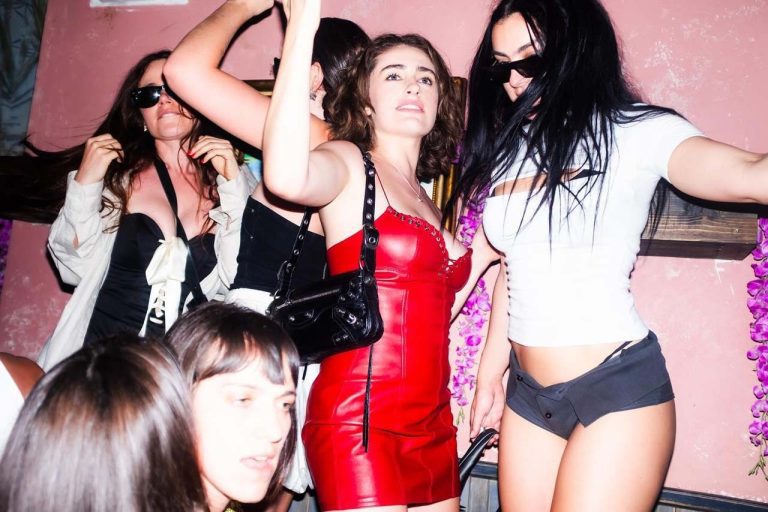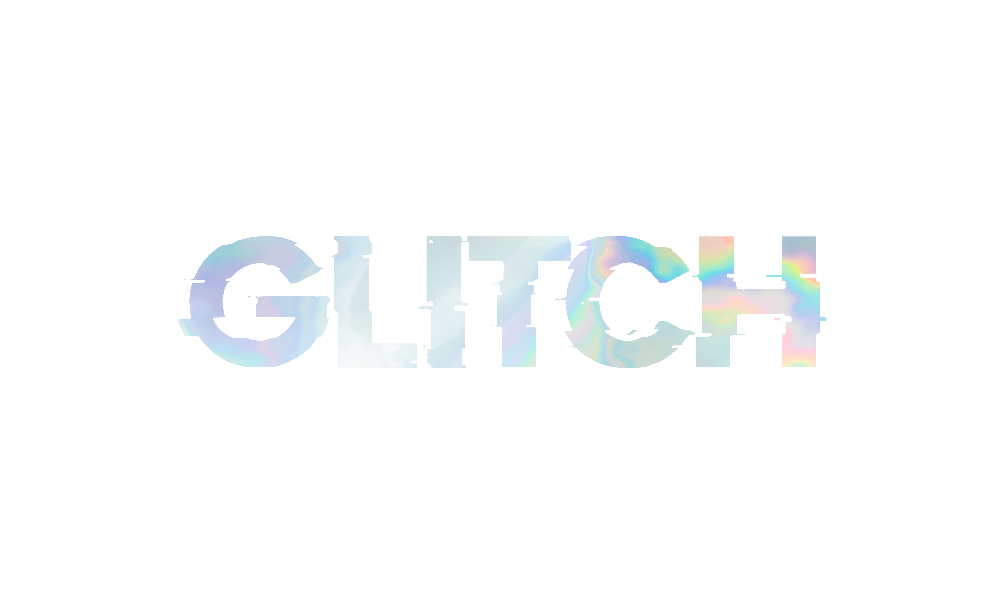Our summer was fuelled by Charli XCX’s album, BRAT. It’s headstrong on consumption and the party lifestyle (“365, party girl”). It allowed our unwashed hair and yesterday’s socks to become socially acceptable, with the gritty revival of cutting up old logo tees and micro shorts – a striking comparison to the slick back buns of earlier years. We are backcombing our hair and finding a wedge sneaker to end the BRAT summer. What BRAT has highlighted is the rejection of the ‘clean girl’ image, replacing her with the nostalgia of ‘indie sleaze’, the 2010-2014 Tumblr era, an ally of BRAT in its core attributes, with the essentials summarised by Charli xcx[1]:
“Just a pack of cigs, a Bic lighter and a strappy white top. With no bra. That’s kind of all you need.”
The trending attitudes promoted by BRAT pair with indie-sleaze revival perfectly. Revival fashion from this period appears to embrace the aesthetic with fans wearing second-hand clothing, styled to reflect the era. However, the authenticity of nostalgia eventually becomes a manufactured loop.
With indie sleaze on the rise with hotpants renamed as micro shorts (a staple of the 2014 Tumblr landscape), the aesthetic is revisited by Charli xcx during her birthday, with slouchy tops and knee-high boots. Nothing loud and ‘birthday’ coded as far as the celebrity birthday makeup and outfit goes. The guests also dressed accordingly. Coincidentally, Depop trend analysis has reported an increase of 234% in searches of micro shorts. Similarly, another report found the 2010s style ripped jeans have seen an increase of 73% since November 2024. The entertainment factor of nostalgia being an “omg remember we wore that” moment becomes the threshold for new trends, as evidenced by the engagement on apps like Tik Tok with #indiesleaze growing with 27.7k posts.
The resurgence of older aesthetics has never been more accessible with second-hand resell apps on the rise. Apps such as Depop report that 90% of its users are 26 and younger. This is a positive indicator of this generation’s relationship with second-hand clothing, with charity shopping and vintage scratching that Tumblr-Era itch. Using engagement data from Tik Tok, reviving past styling trends is pivotal in the development of new fashion. One video on the app supporting the shorts and tights combo deserving a comeback has acquired 827.6k views. Styling has become a popular way of participating in a trend without buying new items. As the gap between our past inspirations and current fashion has narrowed, many of us already own the trending items like the shorts and tights.
Additionally, the rise of the #archivefashion has seen recent traction over on Tik Tok, amassing 153.1k posts, boasting the rejection of fast fashion by adopting a collectivist mentality and responsibility over the ‘pieces’ rather than the clothes. This complements the trend of the ‘wearing versus styling’ videos, sitting at 165.9 million posts. Encouraging consumers to engage with clothing differently; wear what you already own but backwards; layer your skirts and dresses over jeans, cut into your tops and slouch them off the shoulders. Is this ringing any BRAT bells?
Ironically, Charli XCX became the face of H&M’s newest collection with BRAT headlining the launch of the Autumn/Winter campaign. The brand partnership between Charli and the retailer has propelled BRAT into the hands of the consumer without using hashtags or unique search headlines on Depop, existing outside of the internet cult, and available as a ready-made object.
The commodification of BRAT highlights the fashion industry’s readiness to profit from a pop-culture moment. Perhaps BRAT was the breath of fresh air we needed, an escape from the façade of a 15-step-skin care routine and the bombardment of health and fitness centred media of the last few years
However, the H&M campaign has diluted the authenticity of the BRAT ethos.
The Indie-sleaze revival paired with the rise in styling existing clothing naturally follows the cyclical nature of fashion. But estimating the impact of the BRAT x H&M partnership, the aesthetic is ironically recycled through unsustainable mass reproductions to stay culturally relevant. It is unfortunate that as we consume more, we fail to create authentically. Through our consumption we can dictate trending aesthetics by rejecting fast fashion’s attempts to imitate the culture; now that is very BRAT.
Written by Nadia Sum Yuet Law a GLITCH Magazine Contributor





